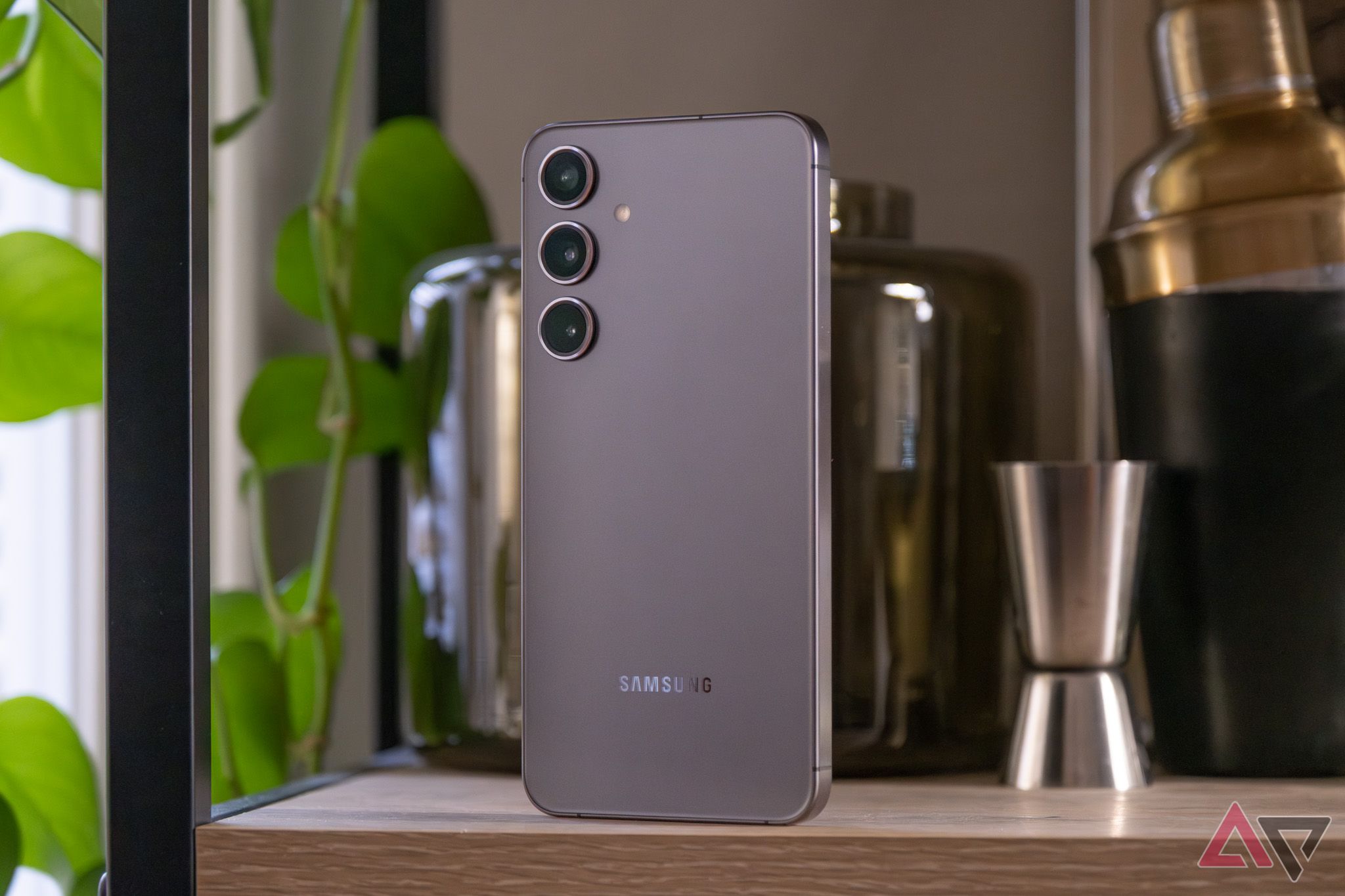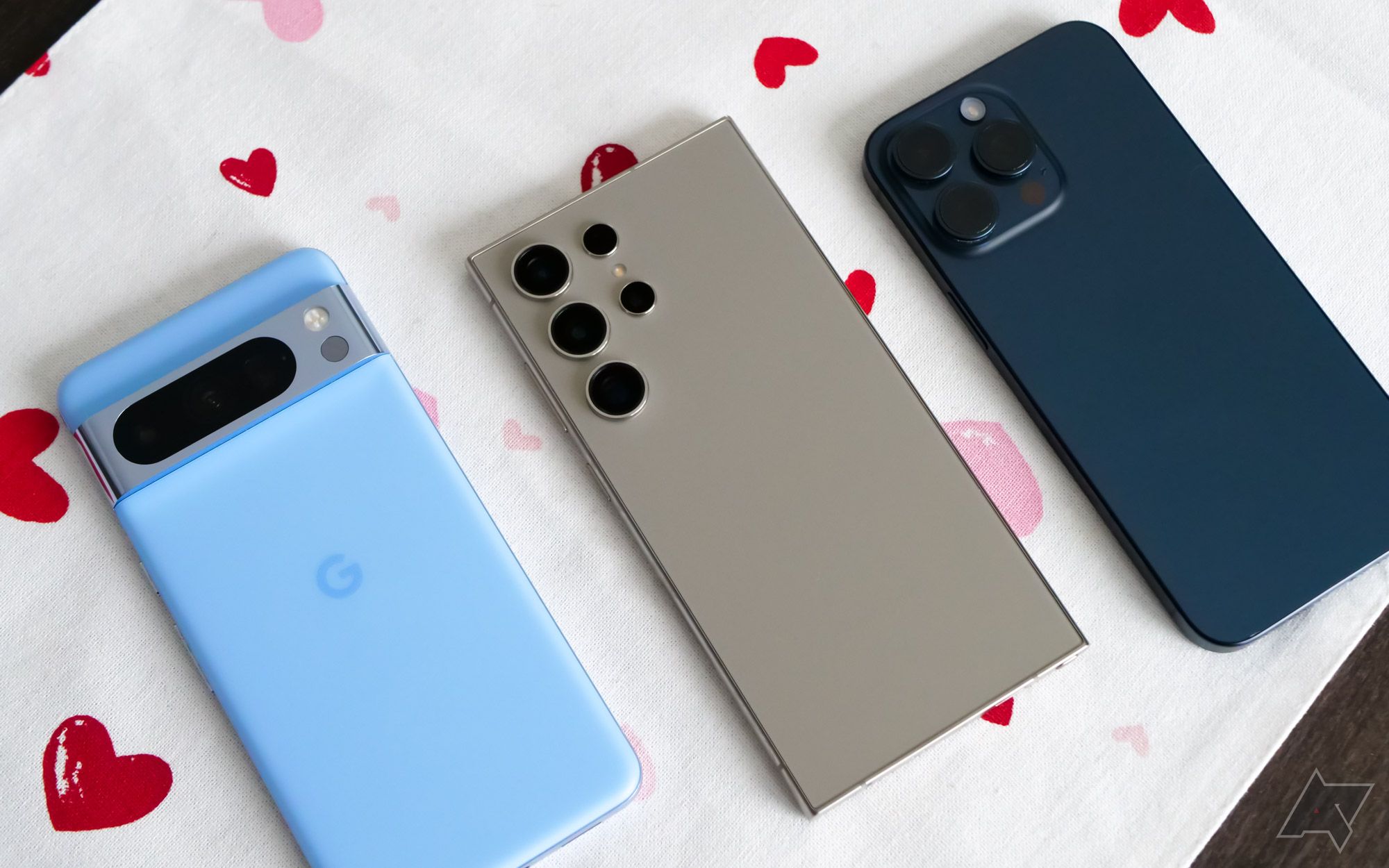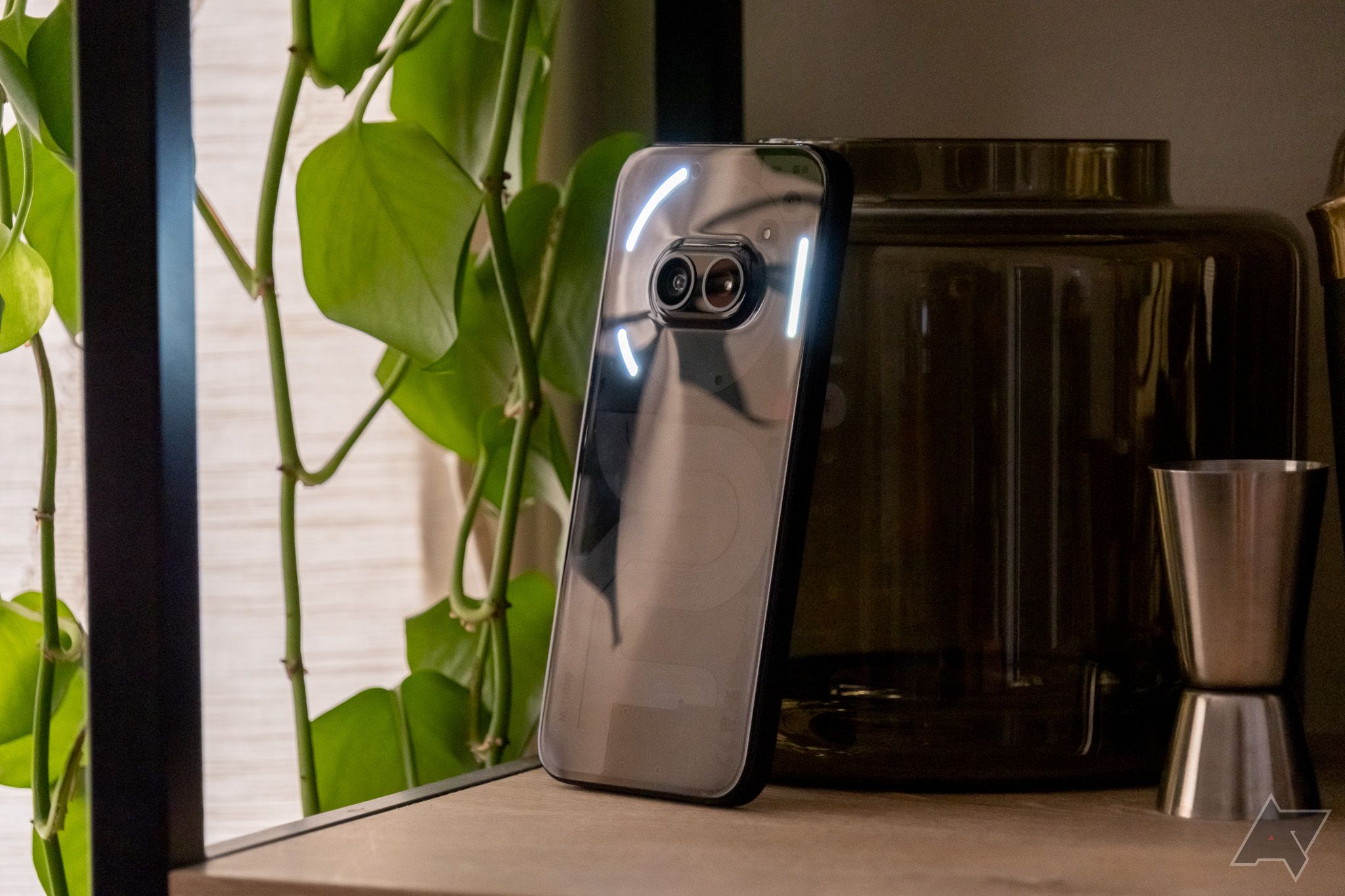If you feel like smartphones are boring now, you’re not alone. The fact is the entire upper end of the smartphone market is stagnant and in need of more competition. The flagships are giving us incremental upgrades, old designs, and useless AI gimmicks. Meanwhile, the mid-range market is where all the exciting action is happening. But you can’t buy those phones in your local store.
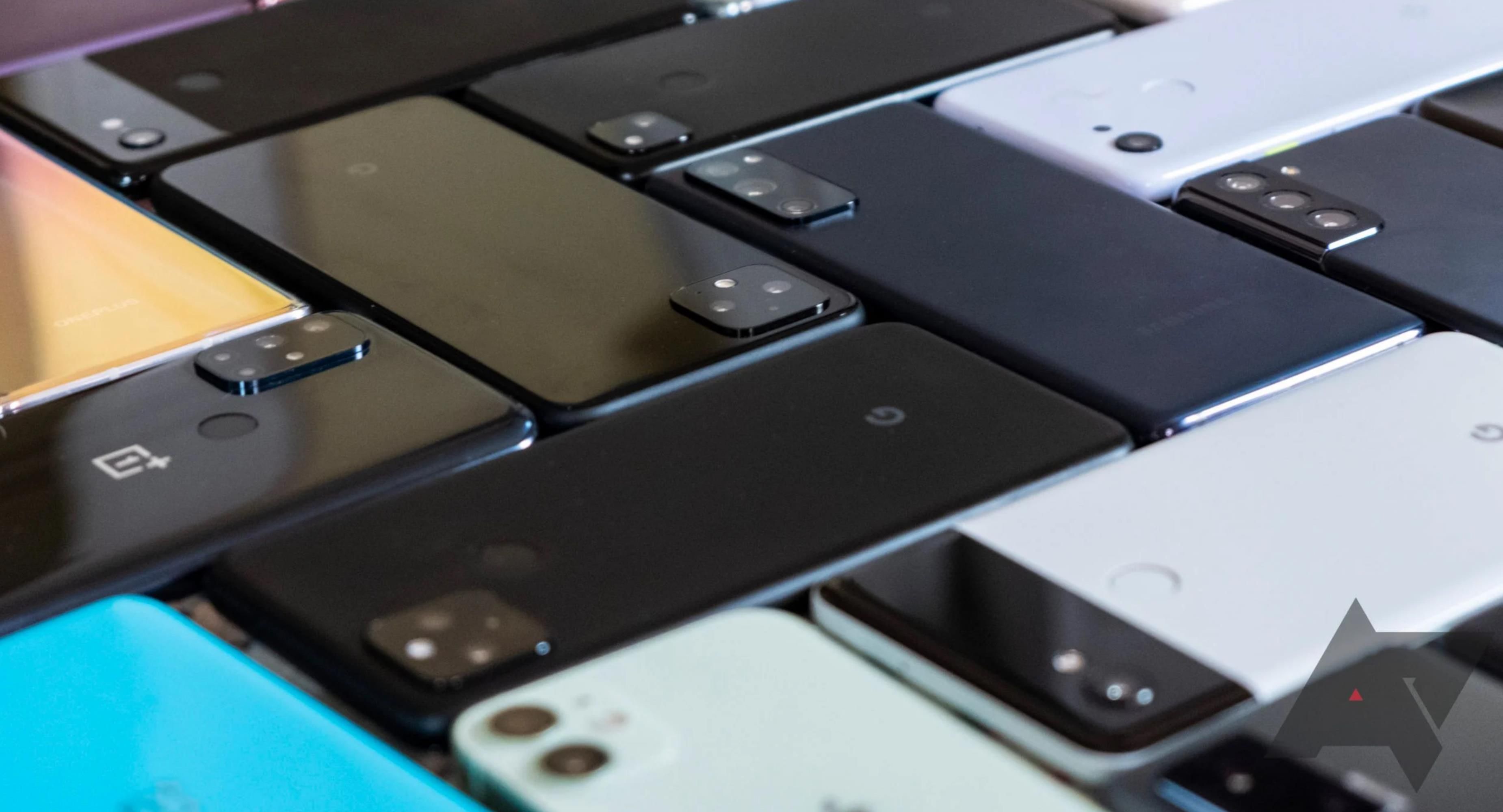
Related
Android needs more competition in the high-end market
The high-end Android market is stagnating. We need a change
Bye-bye flagship fun
The numbers don’t lie; the flagship market ain’t great
The numbers tell the story of stagnation and a lack of innovation in the flagship market. There were less than 500 phone launches in 2023, but nearly 400 of those were from Chinese brands and mid-range device OEMs, most of which the average North American, European, and Australian consumer has never heard of.
Compare that to 2014, when there were 829 phone launches, and everyone was clambering for a piece of the flagship pie. Motorola, LG, Nokia, and Sony were going head-to-head with Samsung, while we consumers reaped the rewards with cool innovation and competitive pricing.
Now we only have Samsung and Apple, with Google’s Pixel Pro line in the distant third. LG is gone, Nokia is a niche brand, Motorola left the high-end market, and Sony retreated to Japan to protect its own turf. Now, when you walk into your local phone dealer, be it a carrier store or a Best Buy, you won’t see many choices. It’s all Samsung Galaxys and iPhones.
Buying a phone isn’t exciting anymore; tired designs are all we get, and the only “innovation” is a bunch of AI gimmicks. It’s clear that any kind of seismic change won’t come from these companies anytime soon.
A glimmer of hope
The mid-range is where all the exciting action happens
Instead, take a look at what’s happening in the mid-range segment of the smartphone market, where innovation and excitement are taking off. These devices are no longer the watered-down versions of their flagship big brothers, but have become their own thing. The epicenter of smartphone innovation is happening here, on turf that was once dominated by the flagships.
Here, we have foldables we can afford, such as the Nubia Flip 5G and the amazing Motorola Razr reboot. OnePlus gives us affordable power and great photography in one of the most unique-looking packages we’ve seen this year: a Genshin Impact-themed OnePlus 12R. The Nothing Phone 2 continues to push design to the limits, and even the Google Pixel 8a is a fun device to use and look at.
Software gets some love in this range, as well. OnePlus brings its clean and snappy flagship-level take on Android to its mid-range 12R, as one example. There’s a renewed energy abuzz in the mid-range market. But there’s a catch: these devices are not available to most people.
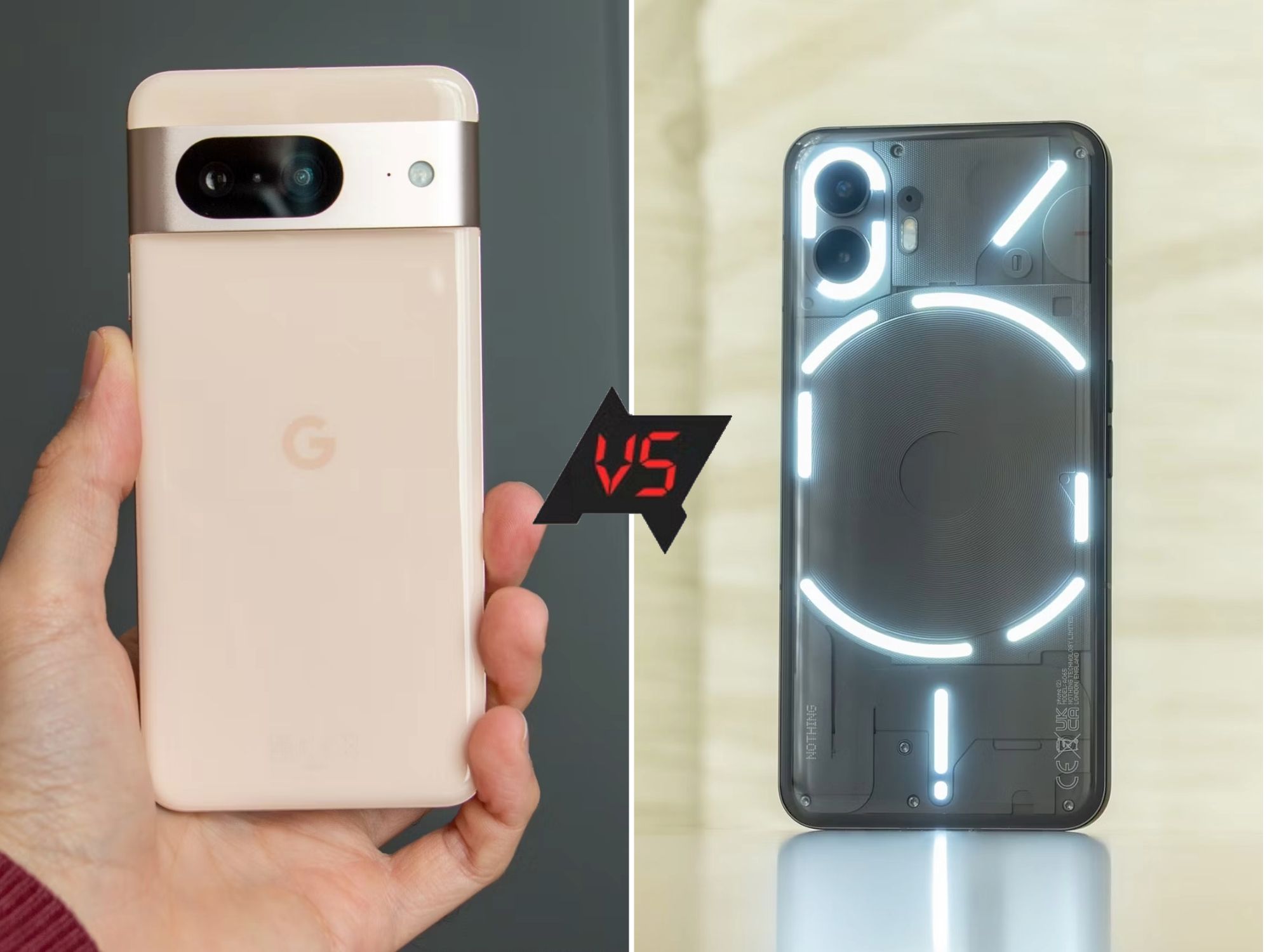
Related
Google Pixel 8 vs. Nothing Phone 2: Clash of unique identities
Software sorcery meets hardware charisma in this clash of 2023’s most distinctive phones
Victims of their own success
Deep pockets and some monopolistic behaviors led us here
Samsung and Apple gained market dominance in developed economies through a cocktail of early innovation, slick marketing, and plenty of backroom deals with major carriers. They were able to squeeze out the competition in this manner, back when the competition was struggling to play catch up. Google saw the writing on the wall and was able to nudge its way in with the Pixel line just in time.
That was all back when the developed world looked like the only place to get rich, but the world is changing. The smartphone market in the developing world is growing quickly, and people are hungry for smartphones at affordable price points. This segment is expected to grow to a whopping $5 trillion by 2025, all while smartphone sales in developed markets stagnate.
Mid-range Android OEMs, nimble and innovative, are able to give these people what they want; innovation is back on the menu thanks to so many of them competing in places such as China, India, and Africa.
What does the future look like?
Are flagships on their way out?
The renaissance underway in the mid-range market is where Android truly shines. It proves Android isn’t just an operating system but a platform that encourages competition and innovation. These mid-range devices are no longer cheap knock-off budget phones for the less affluent but their own things that represent the future of Android.
Take the Motorola Razr+ as an example. It’s not just a cheap foldable, but a cutting-edge device with its own pedigree and cult-like following. The Nothing Phone 2 isn’t just a “good enough” device on a budget, but a statement piece with its own unique flair. All of these mid-rangers are forging their own paths and cultivating their own fandom, and they’re proving you don’t need thousands of dollars to get a phone you can enjoy.
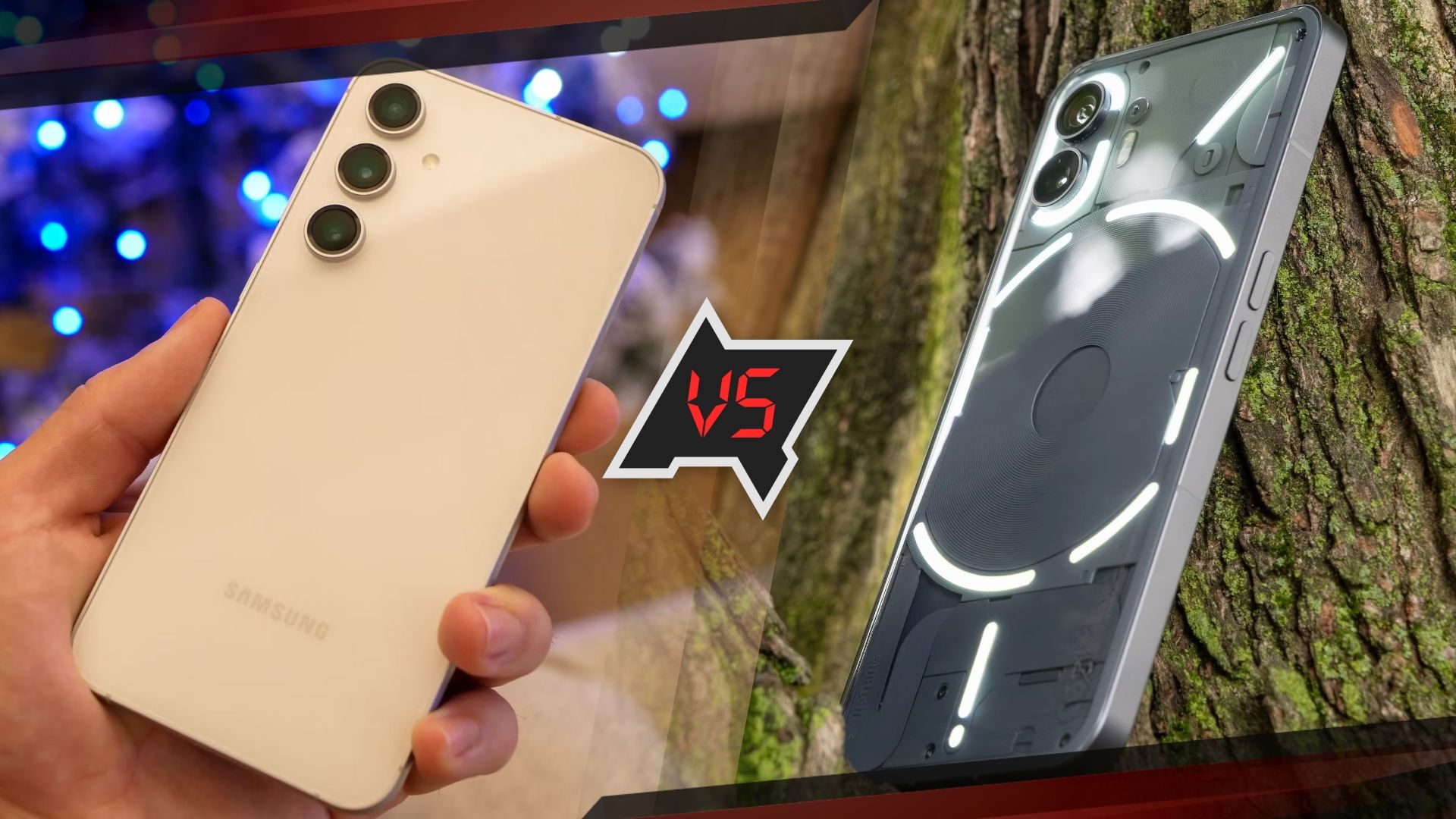
Related
Samsung Galaxy S23 FE vs. Nothing Phone 2: Budget flagship face-off
Nothing shakes things up in more ways than just a futuristic design
It’s not all doom and gloom for the flagships, though. Sales are still doing well, although they are clearly slowing down. We believe that if some of these innovative mid-rangers can get back in front of consumers here in the US and Europe, we’ll see more innovation and a return to tight competition.
Something has to give
This isn’t all about price. Many of us would pay a premium for cool, innovative phones if we could find them. But the high-end market isn’t giving us what we want despite charging thousands of dollars for a device. Incremental upgrades, tired old designs, and boring AI gimmicks are not doing it for us. They only leave us disappointed and $1,500 poorer.
We need a fundamental shift in the market, and the mid-range is a great place to deliver that. Flagships dominate the carrier’s shelves right now, but that could change as more innovative mid-range phones squeeze their way in. So, don’t be afraid to explore some unfamiliar names the next time you’re in the market for a new device. You might just walk away as an excited Android user again.
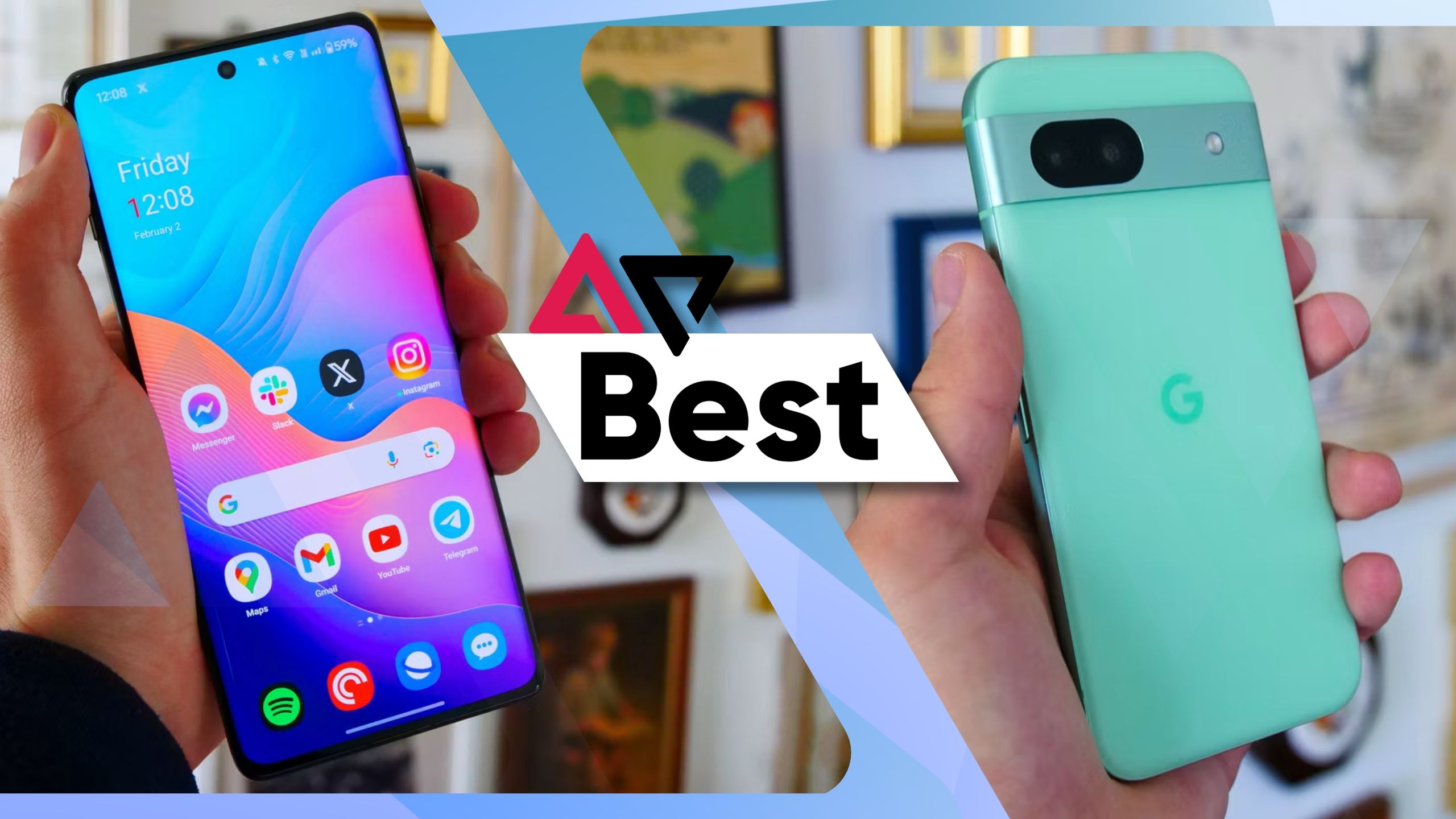
Related
Best budget Android phones in 2024
These days, you don’t have to pay through the nose to get a decent phone
Source link

